
A Road Trip to Blue City Via Pink City – I
No matter how the whole year was gone but the end should be good and this year was end with another trip to Rajasthan. But this time it was a road trip, unlike the previous trip. We drive on National Highway 48 to reach our first destination Jaipur, The Pink City.
The plan was to leave at 6 in the morning so that we cross the portion of the journey where we can probably be stuck in the traffic but due to the excitement of the trip even sleep was far away from the eyes so we left even before it was 6.
Road was smooth like butter as much that we did not realize when we reached half way while chatting. We took our first stop at 7:50 on Haldiram since breakfast is necessary too and we had been driving for about 2.5 hours. 45 minutes later we were back on our journey. The rest of the route was too picturesque and intelligible that we did not realize when we reached Jaipur.
At 11:50, we were at our hotel Ramada reception but as the check-in time was 2 PM so we had to wait a bit. It took us half an hour to check-in; also the room was not as per expectation. After a little rest, we leave to visit our first spot that was City Palace. City Palace which includes the Chandra Mahal and Mubarak Mahal palaces and other buildings, is a palace complex in Jaipur. It was the seat of the Maharaja of Jaipur, the head of the Kachwaha Rajput clan. The Chandra Mahal palace now houses a museum but the greatest part of it is still a royal residence. The palace complex, located northeast of the center of the grid-patterned Jaipur city, incorporates an impressive and vast array of courtyards, gardens, and buildings. The palace was built between 1729 and 1732, initially by Sawai Jai Singh II, the ruler of Amber. He planned and built the outer walls, and later additions were made by successive rulers continuing up to the 20th century. The credit for the urban layout of the city and its structures is attributed to two architects namely, Vidyadhar Bhattacharya, the chief architect in the royal court and Sir Samuel Swinton Jacob, apart from the Sawai himself who was a keen architectural enthusiast. The architects achieved a fusion of the Shilpa Shastra of Indian architecture with Rajput, Mughal and European styles of architecture.

The thing that will attract you most are two huge sterling silver vessels of 1.6 metres (5.2 ft) height and each with capacity of 4000 litres and weighing 340 kilograms, on display. They were made from 14,000 melted silver coins without soldering. They hold the Guinness World Record as the world’s largest sterling silver vessels. These vessels were specially made by Maharaja Sawai Madho Singh II, who was a highly pious Hindu, to carry the water of the Ganges to drink on his trip to England in 1901. Hence, the vessels are named as Gangajelies (Ganges-water urns).

As we spent most of the time exploring the City Palace and left with only an hour in hand. So, we have to decide either we visit Hawa Mahal or Jantar Mantar. We chose Hawa Mahal considering the time in our hand. Hawa Mahal (“Palace of Winds” or “Palace of the Breeze”) is a high screen wall built so the women of the royal household could observe street festivals while unseen from the outside. Constructed of red and pink sandstone, the palace sits on the edge of the City Palace and extends to the zenana or women’s chambers. The structure was built in 1799 by Maharaja Sawai Pratap Singh. It was designed by Lal Chand Ustad in the form of the crown of Krishna, the Hindu god. Its unique five-storey exterior is akin to the honeycomb of a beehive with its 953 small windows called jharokhas decorated with intricate latticework. The original intention of the lattice was to allow royal ladies to observe everyday life in the street below without being seen, since they had to obey strict “purdah” (face cover). The lattice also allows cool air from the Venturi effect (doctor breeze) through the intricate pattern, air conditioning the whole area during the high temperatures in summers.
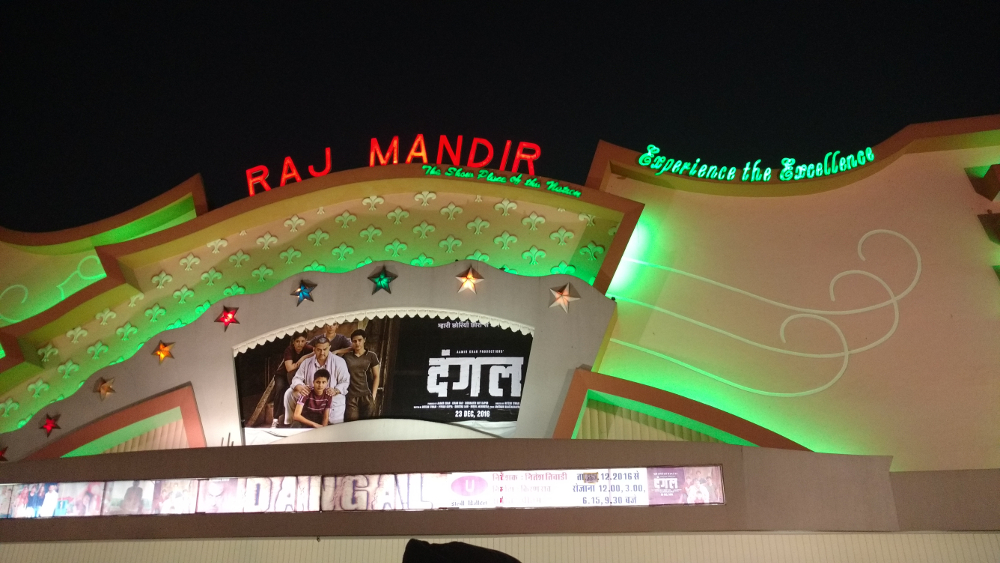
After Hawa Mahal, we thought to watch a movie in Raj Mandir, a famous movie theater in Jaipur. Situated on the Bhagwan Das Road the meringue-shaped auditorium opened in 1976, and over the years has seen many movie premieres of Hindi films, and has become a popular symbol of Jaipur. The myth is that both arms and legs were amputated of the architect so that he could not build something like that again. We made the mistake of not pre-booking of tickets online. The employees of the theater have collusion with the black-marketeers. They opened ticket window just 15 minutes before the start of the show by that time the crowd was too much that one can either left or buy the tickets in black. We chose the first option and left as this turned our mood sour. After dinner, we went to have paan from famous Annu Paan Bhandar. They have enough variety to choose.
We are back in the hotel to take some rest before the next day’s outing. Let’s see what tomorrow will bring.
…To be Continued. Click Here to read more experiences




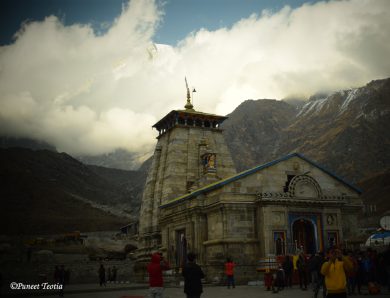
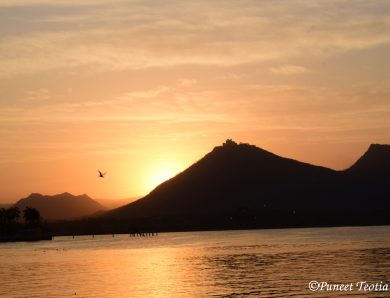
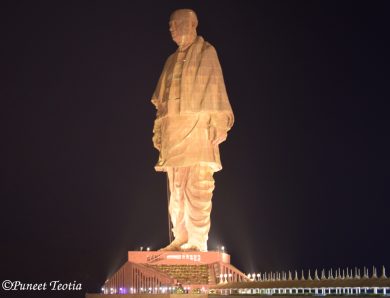
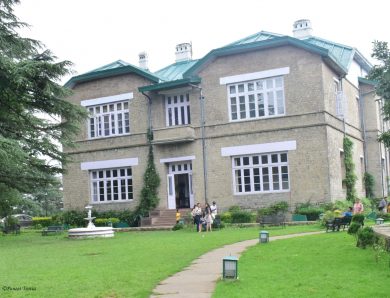
No Comment